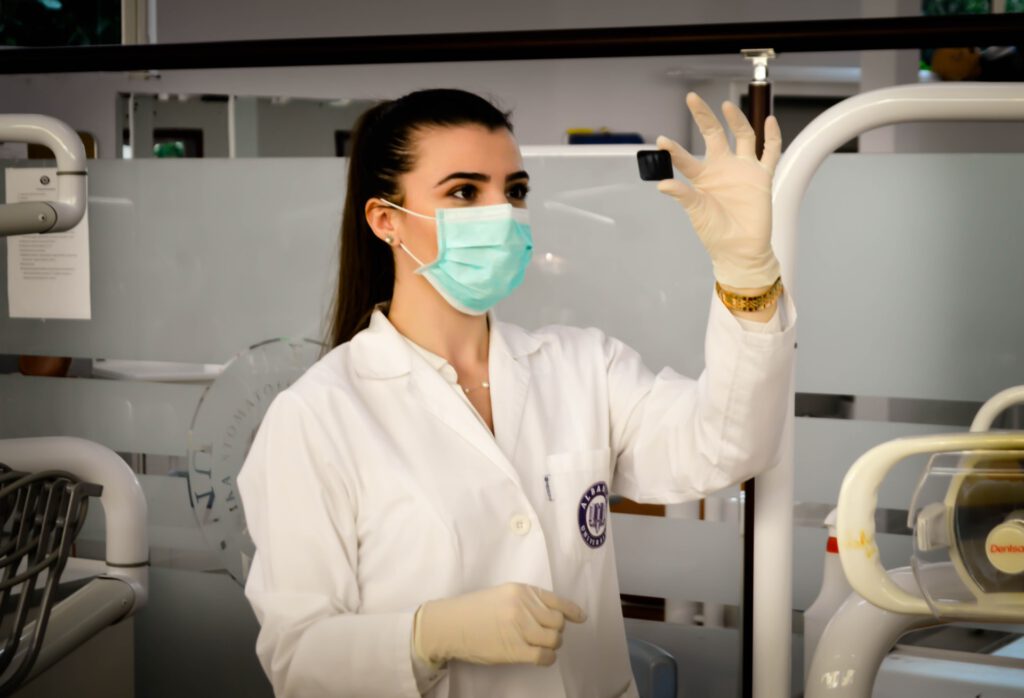Medicine is truly the ultimate caring profession. Good practice means putting the patient at the center of everything clinicians do. Empathy, respect, and compassion should define every encounter between patients and practitioners.
That, at least, is ideal. But there is a flip side because the reality is that healthcare practice and practitioners face immense stressors day in and day out, from lack of funding to worker shortages to surging patient demand. And these factors can take a devastating toll on the quality of care patients receive, with female patients all too often paying the heaviest price.
There is good news, however, in that the emergence of patient-focused technologies has gone far to alleviate some of the burdens on the healthcare system. And, in the process, these innovations have inspired great strides in improving women’s healthcare.
The Rise of Telehealth
One of the most significant advances in patient-focused technology has been the advent of telehealth technologies. From the proliferation of wearable devices that allow round-the-clock patient monitoring to the rise in telemedicine, offering on-demand virtual consultations with healthcare providers, patients have greater access than ever before to the care, and the caregivers, they need.
For women, this increased access to care through remote health technologies has profound implications for their overall quality of care. First, studies have shown that women are at significantly higher risk of being misdiagnosed or of failing to receive a timely diagnosis due to unconscious gender biases and the general lack of training in women’s health.
With the dawn of wearable health tech and the integration of artificial intelligence (AI) systems into the care regimen, women are receiving faster and more accurate diagnoses than they would likely have been given in a brief clinical encounter.

Expanded Access
Telehealth technologies, however, are by no means the only patient-focused innovations that are improving women’s healthcare. Now, more than ever, urgent care centers are being equipped with the specialized resources needed to care for women’s health. This includes technologies that allow urgent care clinicians to diagnose and treat many gynecological conditions. Practitioners can generally perform pap smears, screen for infections, and even take mammograms.
And this means that women have greater access to care than ever before, including the ability to receive preventative screenings when and where it is more convenient for them. For women without access to a primary care physician or an OB/GYN, the ability to receive same-day care from an urgent care center can mean the difference between life and death.
Enhancing Relationships
Patient-focused technologies don’t just center on physical health. Many of these innovations are strongly oriented toward mental, emotional, and behavioral health as well. For instance, telehealth systems don’t just provide on-demand access to general practitioners, but also to mental health experts, from psychiatrists and psychologists to therapists, counselors, and addiction recovery specialists.
For example, mental health nurse practitioners (MHNPs) are playing an increasingly important role in the modern healthcare system. At the center of their practice is empathetic care, which is often predicated on the cultivation of close and trusting relationships with their patients. While MHNPs typically practice on-site, their role in virtual mental healthcare is profound, particularly for women who may be unable to seek psychiatric care in a doctor’s office.
When patients can access their mental healthcare provider whenever and wherever they need them, then the bond of empathy and understanding only grows. And that, in turn, enables a more effective and higher quality treatment plan tailored to the unique needs of the individual patient.
Patient-focused technologies that enhance empathy in the healthcare process can also, somewhat paradoxically, perhaps, include automated applications that help support the patient’s overall quality of life, such as offering support and advice to help them to pursue individual goals, such as getting adequate exercise or abstain from drinking. For instance, mobile apps have been developed in recent years to send automated text messages with important, individualized health content, such as daily medication reminders or nutritional advice.
And because these apps are tailored for each patient, that means that female users are receiving content specifically oriented toward the unique needs of the female body. This is a stark and profoundly important contrast with older, more traditional approaches to healthcare, in which much of the advice given and the health standards adhered to were based on and created for the physiology and the psychology of men.
The Takeaway
For centuries, medical knowledge and practice have been shaped largely by the needs of male patients. With the advent of patient-focused technologies, however, women’s healthcare has been greatly enhanced. From telehealth to the expansion of women’s health services in urgent care centers to the proliferation of mental healthcare technologies, women are receiving more and better healthcare than ever before, whenever and wherever they need it. And that means more timely and more accurate diagnoses and better outcomes for patients too long underserved in the traditionally male-dominated healthcare system.










